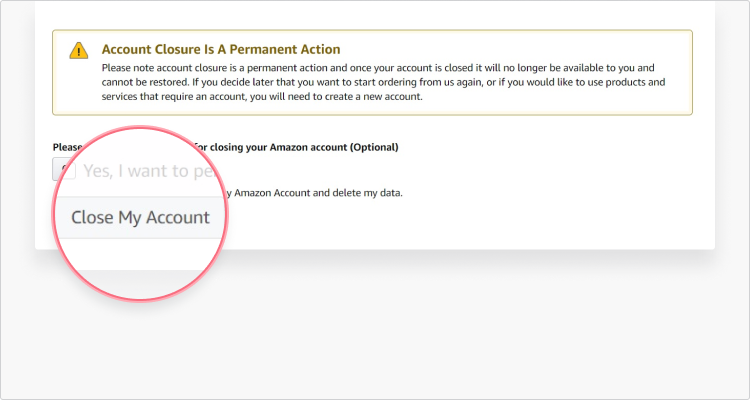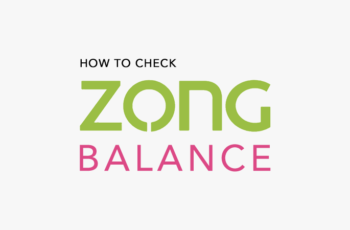Now that the emails (or emails) have almost definitively retired the old letters. It is essential to know how to set them correctly. How to end an email Paying particular attention to the initial and final parts. Because depending on the recipient. There can be differences in tone and language to adopt.
Table of Contents
The fields to fill in
First, the first step is to fill in the two leading virtual fields that come into play when preparing an email message: the subject and the recipient. First of all, the recipient must enter (the field preceded by “To:,” which for some programs may be in English “To:”), or rather his email address, which we must be aware of. The purpose of the email is to insert a few words in the subject (or in English “subject”). This is the case of an informal email (to a friend or relative) chosen at will. While in the case of a formal email must effectively summarize the content of the message (e.g., “Invoice” or “Information request”).
How to start an informal email
Even if we are sending a simple email to a friend, colleague, or relative, the greeting is a must and usually reflects the tone of the whole message. You can opt for a simple “Hello” or “Dear” (if there is a relationship of greater confidence) or for a nice phrase such as “You thought I would never hear from you and instead here I am.”
Depending on the situation, you can also exaggerate with a “dearest” or in the plural “dearest” if you write to more people.
However, If we are writing an email to a person we like or perhaps to a distant boyfriend/girlfriend, the email does nothing but reflect what we would instinctively write in a paper letter: “My love” or “Dear darling,” etc.
How to start a formal email How to end an email
It is very different if the email is addressed to a stranger or for a business question. In this case, distances must be kept.
If we address an institution, a company, or a professor, the greeting must include standard formulas. The alternatives are varied and range from “cordial” to a more formal “illustrious,” or even “kind” or distinguished. “In the professional messages “Dear Mr. Bianchi,” “Dear Mrs. Rossi,” or “Good morning Mr. Verdi” is the most tested types of greetings. When we are writing to a company or an organization, and we are not aware of a specific name, we can adopt a generic “Good morning,” “Good evening,” or “Dear Sirs,” or specify a department, “To the kind attention of the Human Resources department.”
It is essential to keep in mind that although email is a much more immediate form of communication, this does not authorize us to underestimate or minimize the recipient’s authority.
How to end an informal email How to end an email
When an email address to a friend or a person with whom we are familiar concludes. You can opt for a phrase of circumstance (perhaps funny or ironic) containing a wish (for example, a classic “I hope to see you again soon”) or an expression of affection (“It was nice to have the opportunity to write you these few lines”), and then move on to the actual final greeting (I always think of you, A hug, With affection, Many greetings, etc.), which in case of an email to a loved one can become: You are always in my heart, I love you so much, I will miss you, etc.
However, your signature, which in the case of an informal email, does not require you to enter the Surname.
How to conclude a formal email How to end an email
When you arrive at the farewell in an informal email, you need to insert the tested courtesy formulas, such as best regards, cordial greetings, regards, waiting for your kind reply, thanking for your attention, etc.
However, Just for the fact that you are using a “virtual” medium. You must not forget to put the ante-signature and signature: the ante-signature represents the company’s name. How to end an email The sender’s name and Surname. And the position occupied (in the case of a private citizen, they are good name. Surname, and address) and, as the name suggests, precedes the actual signature. How to end an email The last step is to put your signature, title. And surname at the bottom right.
Also read: How to crack your back


